Introduction
Egg Tray Making Equipment plays a crucial role in the sustainable packaging industry by producing molded pulp trays that protect eggs during storage and transportation. These trays are widely recognized for their biodegradability and cost-effectiveness compared to plastic packaging, aligning with growing environmental concerns worldwide.
Egg tray making equipment transforms recycled paper, cardboard, or agricultural fibers into pulp slurry, which is then molded into durable trays. The demand for eco-friendly packaging solutions has led to rapid development and adoption of advanced egg tray making equipment globally.
This comprehensive guide provides detailed information on egg tray making equipment, including technical parameters, unique features, advantages, application scenarios, operational guidelines, and frequently asked questions (FAQs). Whether you’re a manufacturer, poultry farm owner, or packaging professional, this resource will help you optimize your investment and production processes.
Key Parameters of Egg Tray Making Equipment
Selecting the right egg tray making equipment requires understanding its core technical specifications. These parameters determine production efficiency, product quality, and suitability for different scales of operation.
1. Production Capacity
Unit: Pieces per hour (pcs/h)
Range: 1000 to 10,000+ pcs/h
Importance: Higher capacity machines suit large-scale manufacturers and distributors.
2. Mold Cavities
Typical Numbers: 12, 18, 24, or customizable cavities.
Impact: More cavities allow simultaneous production of more trays.
3. Power Supply and Consumption
4. Machine Dimensions and Weight
5. Drying System
Types: Hot air drying, steam drying, solar drying.
Drying time varies from 5 to 30 minutes depending on method and environmental factors.
6. Automation Level
Semi-automatic: Requires manual pulp feeding and unloading.
Fully automatic: Includes automatic pulp feeding, forming, drying, stacking, and packaging.
7. Raw Material Compatibility
Features of Egg Tray Making Equipment
Modern egg tray making equipment includes features designed to enhance production efficiency, product quality, and operational ease.
1. Advanced Vacuum Forming Technology
2. Interchangeable Mold Designs
3. Energy Efficient Components
4. User-Friendly Control Panel
5. Durable Construction Materials
6. Continuous Pulp Feeding System
7. Compact and Modular Design
8. Low Noise Operation
Advantages of Egg Tray Making Equipment
1. Eco-Friendly Production
2. Cost Efficiency
3. High Production Efficiency
4. Product Customization
5. Improved Product Quality
6. Ease of Operation and Maintenance
7. Scalability
Application Scenarios of Egg Tray Making Equipment
1. Poultry Farms
2. Packaging Manufacturers
3. Agricultural Packaging
Production of trays for fruits, vegetables, seedlings.
Provides cushioning and breathability.
4. Industrial Packaging
Custom molded trays for electronics, glassware, and fragile items.
Reduces transportation damage.
5. Recycling Plants
6. Small and Medium Enterprises (SMEs)
How to Use Egg Tray Making Equipment: Step-by-Step Guide
Step 1: Raw Material Preparation
Step 2: Pulp Preparation
Step 3: Load Pulp Slurry
Step 4: Machine Parameter Settings
Set forming speed, vacuum pressure, drying time on control panel.
Adjust based on tray design and desired quality.
Step 5: Molding Process
Step 6: Drying
Use hot air, steam, or solar drying to harden trays.
Dry trays until moisture is minimized.
Step 7: Unloading and Stacking
Step 8: Cleaning and Maintenance
Clean molds and suction holes regularly.
Check vacuum pumps and drying systems.
Lubricate moving parts as recommended.
Maintenance Tips for Egg Tray Making Equipment
Clean molds daily to prevent clogging.
Replace vacuum pump oil regularly.
Inspect drying system for blockages.
Monitor electrical components and wiring.
Lubricate moving parts as per manufacturer guidelines.
Schedule routine professional maintenance.
Frequently Asked Questions (FAQs)
Q1: What raw materials are used?
Recycled paper, cardboard, newspapers, and agricultural fibers.
Q2: How fast can the machine produce trays?
Production ranges from 1000 to 10,000+ trays per hour, depending on machine capacity.
Q3: What drying methods are used?
Hot air, steam, and solar drying methods are common.
Q4: Can the machine make different tray sizes?
Yes, changing molds allows production of various sizes and cavity counts.
Q5: Are trays waterproof?
No, they are water-resistant but not waterproof unless treated.
Q6: Can other products be made?
Yes, including fruit trays, seedling trays, and protective packaging.
Q7: How is maintenance performed?
Regular cleaning, vacuum pump oil changes, drying system checks, and part replacements.
Q8: What is the expected machine lifespan?
Typically 5-10 years with proper maintenance.
Q9: What space is required for installation?
Depends on machine size; small units need a few square meters, large industrial units require more.
Q10: Are these machines energy efficient?
Modern models feature energy-saving components; consumption varies by type.
Conclusion
Egg tray making equipment is vital for sustainable packaging solutions across poultry, agriculture, and industrial sectors. These machines enable production of biodegradable trays from recycled materials, aligning with global environmental initiatives.
Understanding equipment parameters, features, and proper operation ensures efficient production and high-quality output. Whether for small workshops or large manufacturing plants, investing in reliable egg tray making equipment supports both profitability and ecological responsibility.
Company Profile
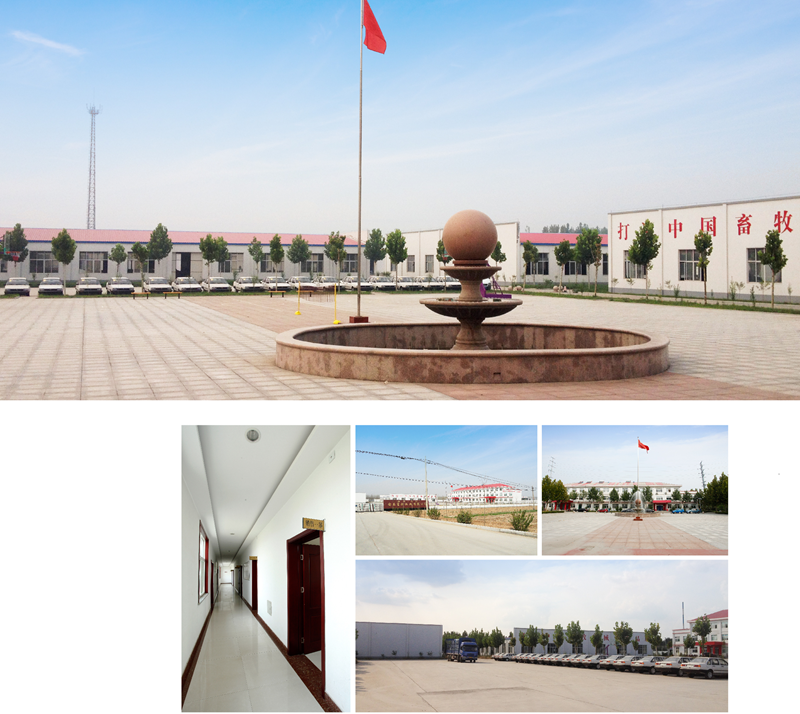
Shandong Huimin Qinle Livestock Machinery Co., Ltd. (formerly Shandong Huimin Qinle Livestock Machinery Factory) is a professional poultry equipment manufacturer with over 20 years of experience. We offer a comprehensive service package, from design (land and chicken coops), production (equipment and prefabricated steel coops), installation, commissioning, customer training, and after-sales service.
Located in Huimin County, Binzhou City, Shandong Province, China, the company has extensive experience in mechanical processing and manufacturing, as well as livestock machinery production and operation. With fixed assets of RMB 15 million, the company employs 160 people, including 30 R&D staff, and occupies a 40,000-square-meter factory. Equipped with over 110 pieces of advanced precision production equipment, including CNC machining centers and laser cutting machines, the company boasts a production capacity of RMB 50 million.
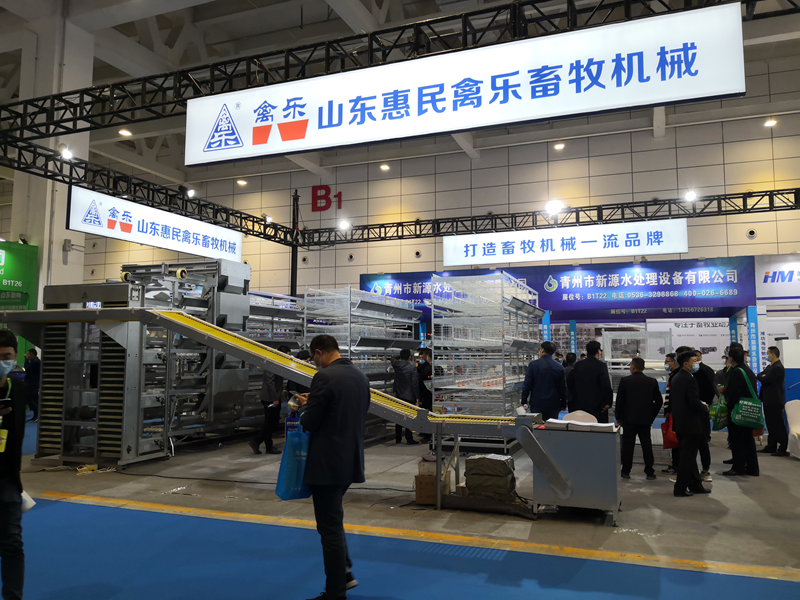


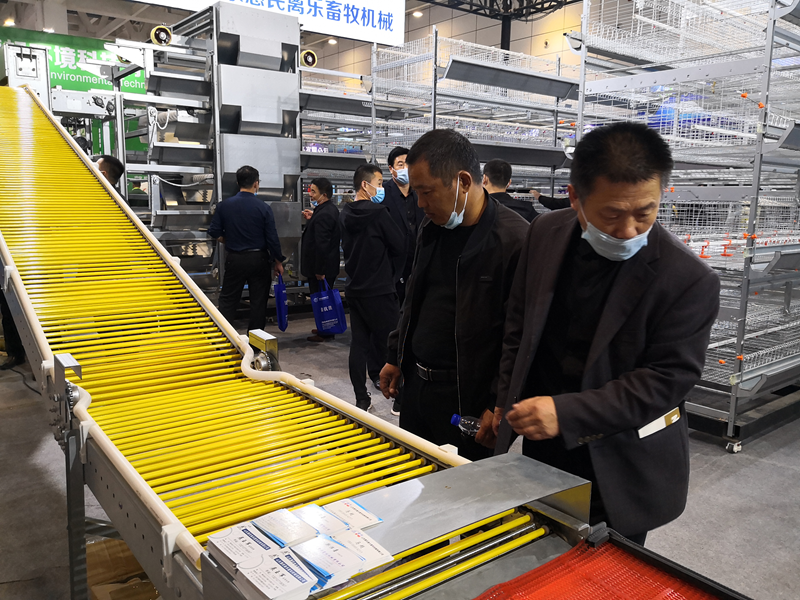
Chicken Farming Equipment Mesh Production Workshop

Machining Workshop

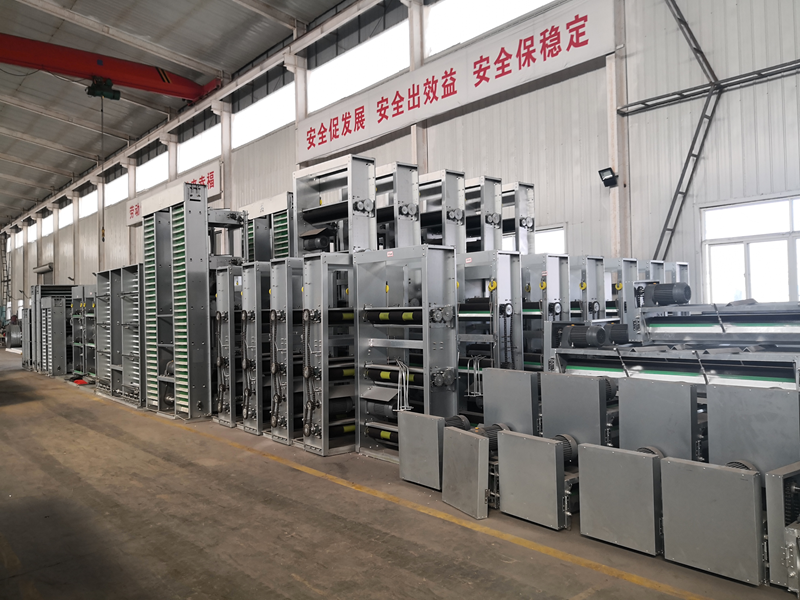
Turret-type CNC Punch Press, Laser Cutting and Other Machining Equipment



Fully Automated Roll Forming Production Line

Hot-dip Galvanizing Production Line

Electroplating Production Line

Environmental Protection Equipment

Chicken Farming Equipment Product Series
Egg-laying Hen Farming Equipment
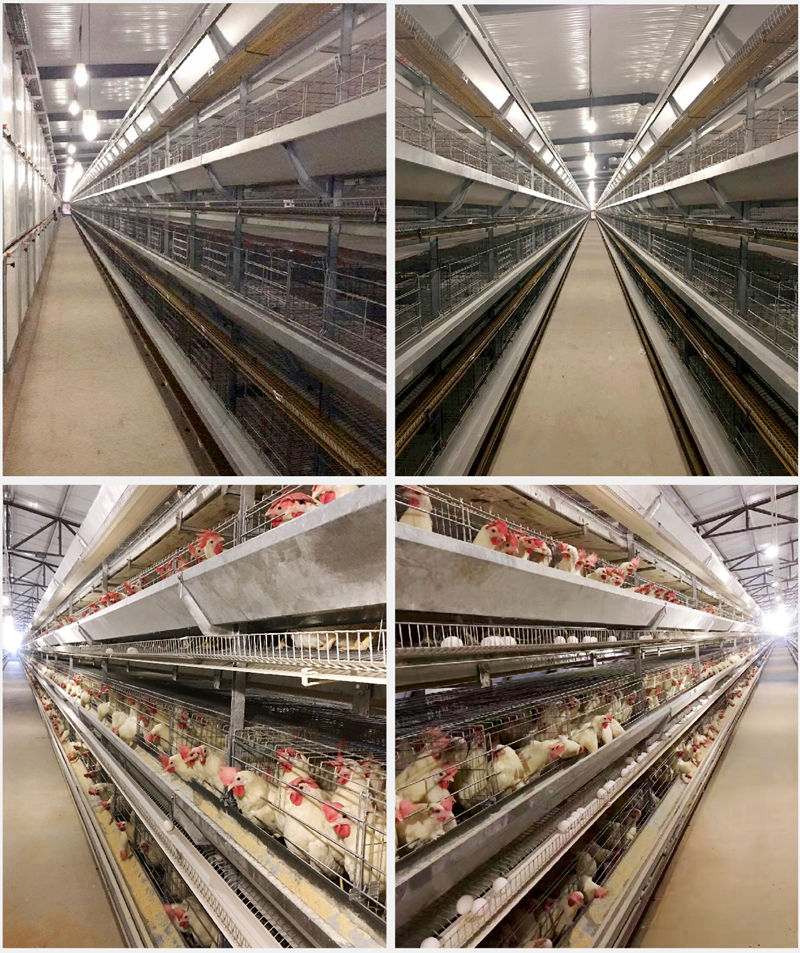
Stacked Brooding Cage Equipment

Stacked Broiler Cage Equipment
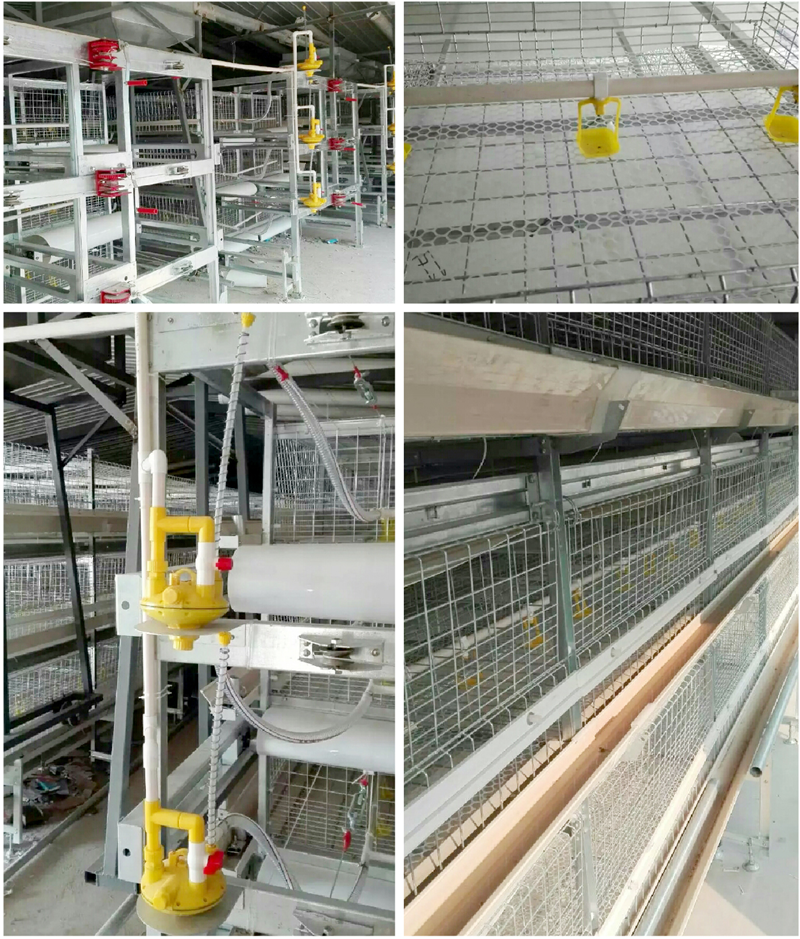
Stepped Layer Hen Cage Rearing Equipment
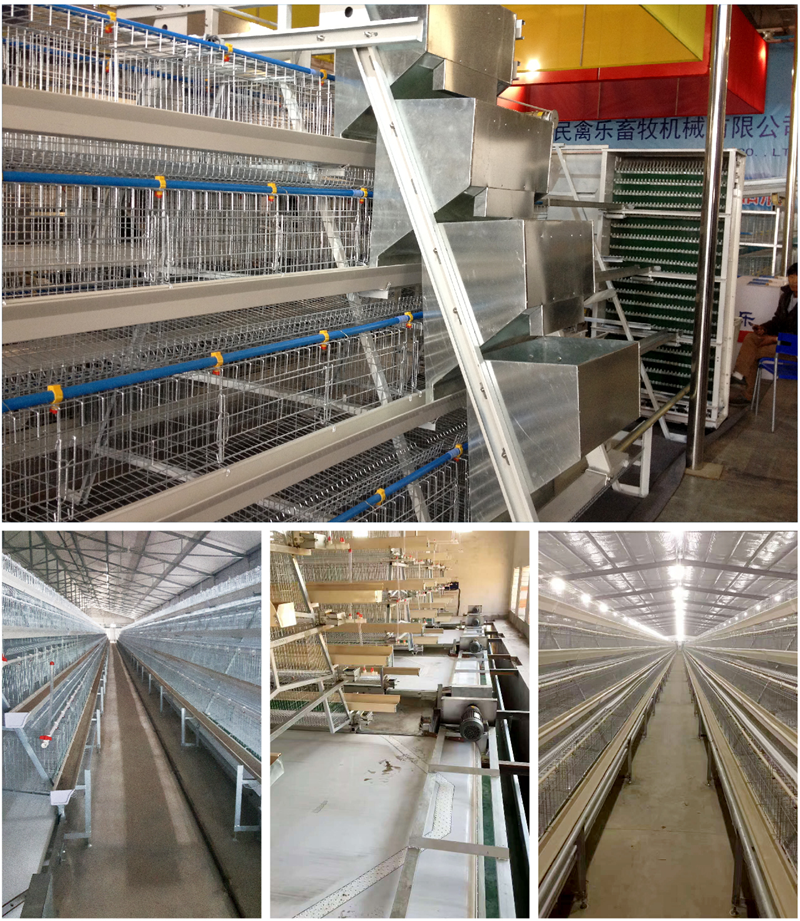
Automatic Egg Collection System

H-type Cage Feeding Machine
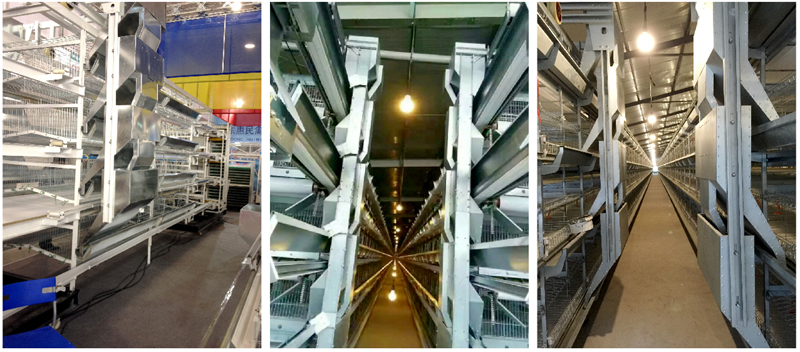
Stepped Cage Straddle Feeder
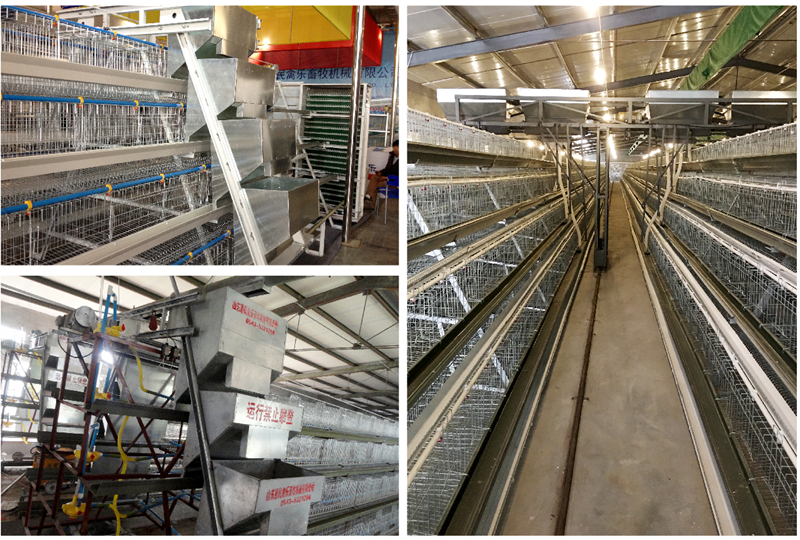
Manure Removal Machine

Fans, Heated Curtains, Environmental Control Systems, and Lighting Equipment
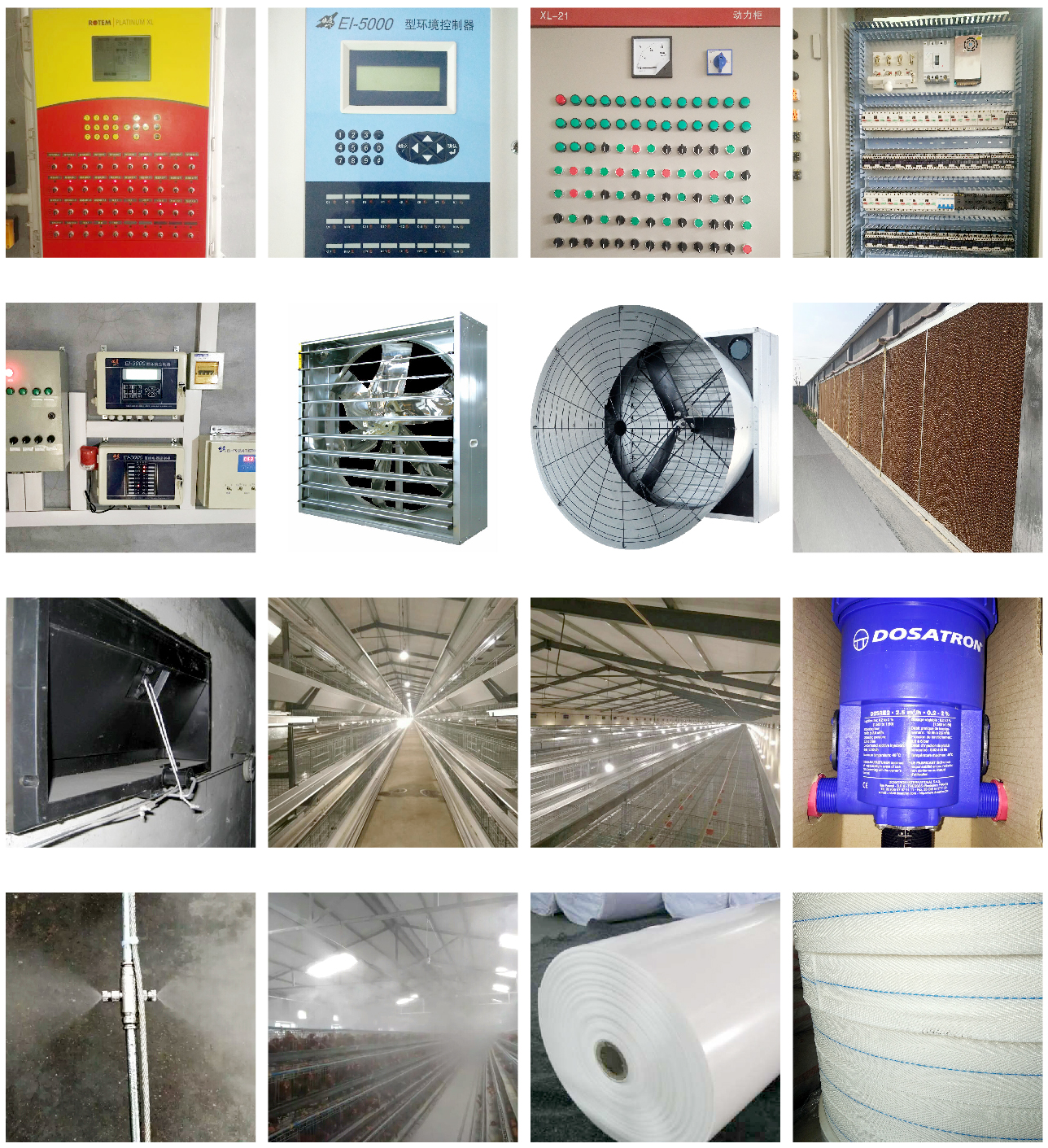
Complete Set of Equipment for Organic Fermentation Treatment of Manure


 Catalogue
Catalogue






























 واتس اب
واتس اب هاتف
هاتف